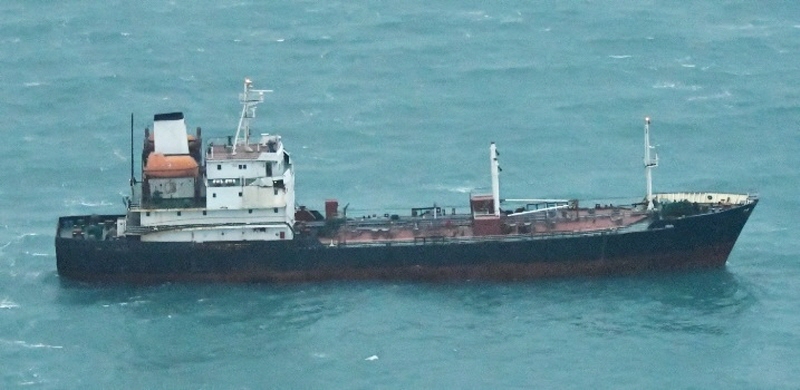Despite United Nations Security Council (UNSC) sanctions prohibiting the purchase of ships, North Korea has been rapidly acquiring new vessels to replace its aging fleet, according to a Voice of America (VOA) report on February 5.
In 2024 alone, 160 North Korean ships were recorded operating in international waters and foreign maritime territories, as tracked through MarineTraffic, a vessel monitoring system that logs ship movements via the Automatic Identification System (AIS). Each ship’s International Maritime Organization (IMO) number, name, and registration details were publicly available.
However, a closer analysis by VOA revealed that 81 of these ships—more than half—were illegally acquired in violation of UN resolutions.

The UNSC adopted Resolution 2321 in November 2016, banning North Korea from purchasing ships, and reaffirmed this restriction in Resolution 2397 in 2017.
Despite these sanctions, records indicate that 81 ships actively operating under the North Korean flag in 2024 were acquired after December 2016, when the UNSC first implemented the ban. This suggests that North Korea has ignored UN restrictions and illicitly obtained second-hand vessels from foreign sources.
Among the 81 ships, 21 vessels were registered under the North Korean flag in 2017. Between 2018 and 2021, North Korea acquired three to six ships annually. The number of acquisitions increased in 2022, with 15 newly registered ships, and peaked in 2023 with 26 new ships. The pattern indicates that North Korea resumed ship purchases in 2022 and significantly accelerated acquisitions in 2023.
The majority of these ships previously sailed under the Chinese flag, while several South Korean vessels changed registration to North Korea between 2019 and 2021.
With one in every two active North Korean ships being newly acquired, the country appears to be replacing its outdated fleet with relatively newer vessels, according to VOA.
Until recent years, North Korea relied heavily on ships built in the 1970s, many of which were in deteriorating condition. However, the 81 newly acquired vessels were predominantly constructed in the 2000s. While these ships may still be considered old by global standards, they represent a technological upgrade for North Korea.
North Korea has also been quickly replacing previously sanctioned ships with new acquisitions.
The UNSC has blacklisted over 50 North Korean ships, barring them from international operations. However, among the 160 ships recorded in 2024, fewer than 10 were sanctioned vessels.
The UN has not added new ships to its sanctions list since 2018, largely due to opposition from China and Russia, both of whom are permanent members of the UNSC. This seven-year gap in enforcement has allowed North Korea to phase out its sanctioned ships and introduce new, unlisted vessels into global maritime trade.
Despite this shift, North Korea’s newly acquired ships continue to engage in sanction-violating activities.
A 2023 report from the now-defunct UN Panel of Experts on North Korea recommended sanctions on 20 vessels that were documented receiving prohibited goods via ship-to-ship transfers in international waters. Many of these vessels were acquired after 2017, underscoring North Korea’s use of newly purchased ships for illicit maritime trade.
However, China and Russia blocked the proposal, preventing these vessels from being sanctioned. As a result, North Korean ships continue to operate freely, facilitating violations of international sanctions at sea.
BY YOUNGNAM KIM [kim.youngnam@koreadaily.com]




